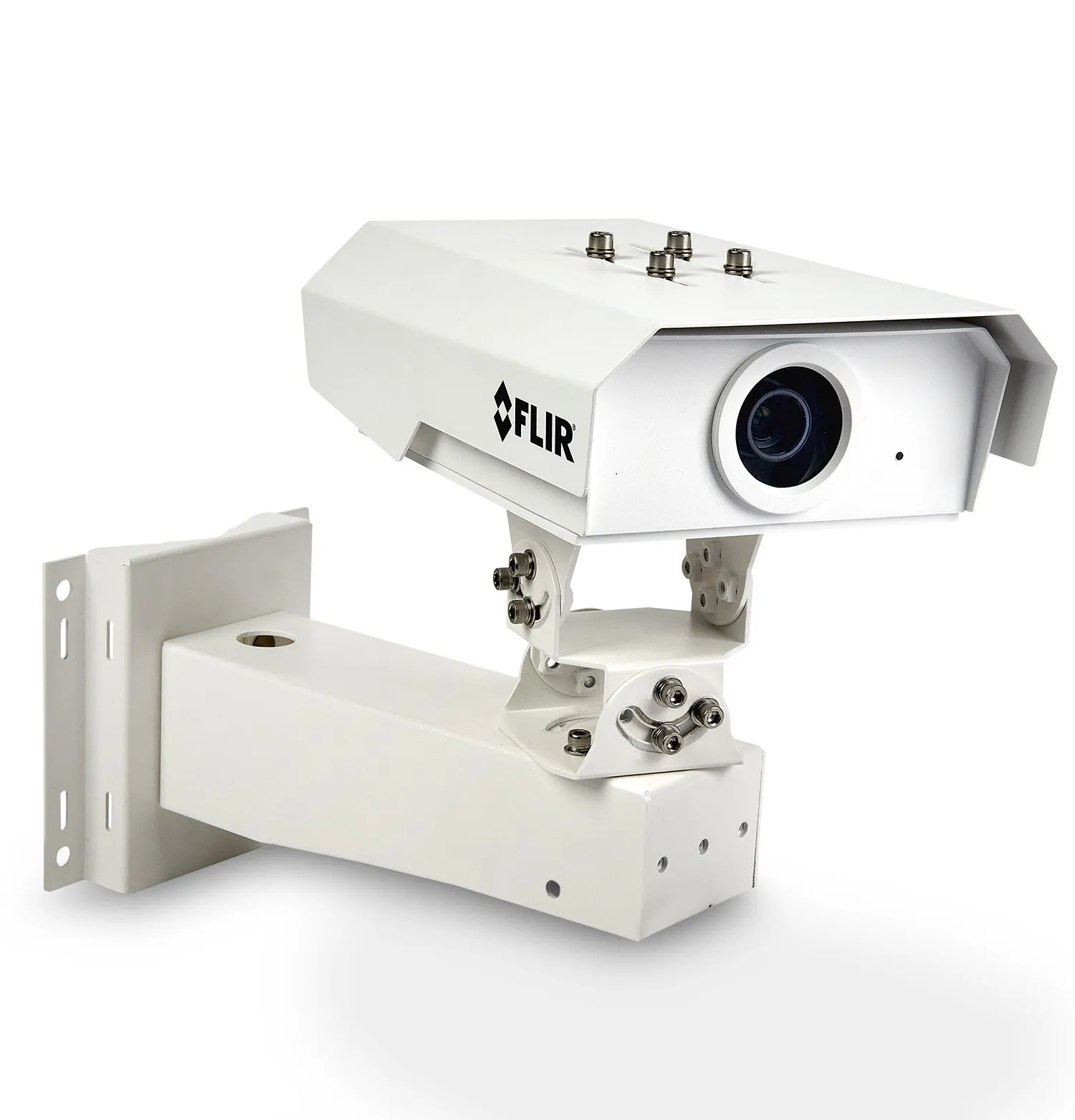Navtech Radar, the world’s leading manufacturer of Radar-based Automatic Incident Detection (AID) solutions for traffic management applications, is supplying its ClearWay radar-based automatic incident detection (AID) solution planned trials on hard shoulder running on strategic motorways in the north of England. The trials are part of a new, all-lane-running smart motorways scheme.
For the initial trials, Navtech Radar has supplied ten TS350-X Radars and the sophisticated Witness analytical software. E
March 26, 2014
Read time: 2 mins
For the initial trials, NavTech Radar has supplied ten TS350-X Radars and the sophisticated Witness analytical software. Each TS350-X offers 360 degree scanning capability within a radius of up to 500 metres and is capable of detecting an individual walking on the hard shoulder or debris in the road, as well as slowing or stationary vehicles. The solution is not affected by adverse weather conditions and has an extremely low false alarm rate – typically one per kilometre per 24 hours.
For the new trials, the Navtech radars will be mounted on existing gantries and will continuously monitor the selected stretches for incidents. Any alarms will be transmitted directly to the Regional Control Centre, where operators will immediately evaluate the incident and, if necessary, alert relevant emergency services. They will also use the variable message signs to alert drivers to the possible danger.









